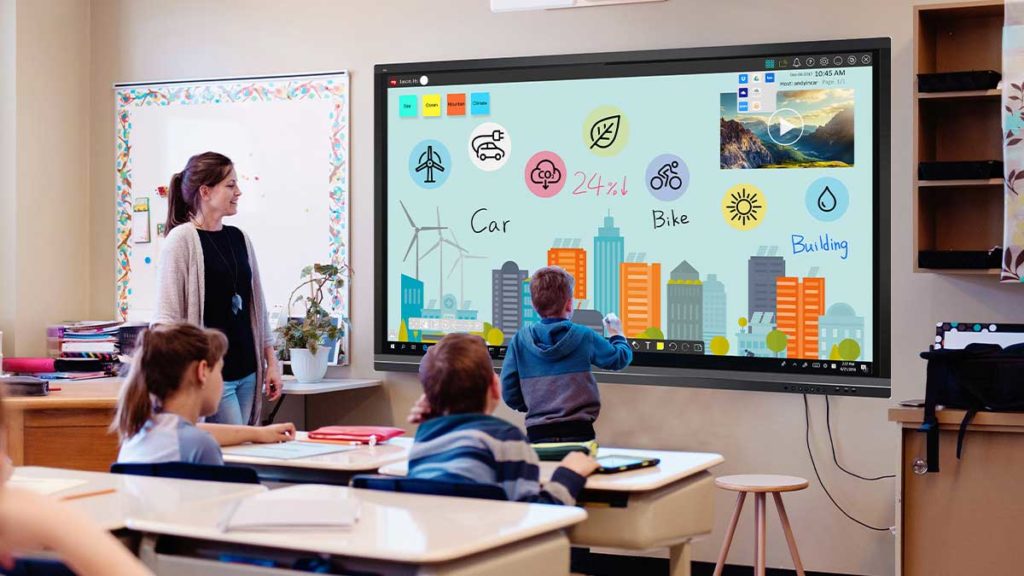

I created two cute posters using Canva. I really like the convenience and artsy application that could help me create posters as well as infographics in no time.
I wonder if I put a few words here?


I created two cute posters using Canva. I really like the convenience and artsy application that could help me create posters as well as infographics in no time.
Post of nx’s on How Do We Learn:
Hi nx,
I really like your three examples on each of the learning paradigms. They made it more clear on what these three paradigms are about when used in actual learning practices.
One question I would ask about the behaviorism part is whether you think repetition itself is a kind of punishment or do you think of the action of writing the words 5 times a boring thing thus being a punishment? I personally think that repetition itself wouldn’t count as a punishment because it does not trigger any neural reaction unless the repetition is kind of painful that it creates a kind of fear or disgust every time you couldn’t memorize a word. I think repetition may be more in the cognitivism paradigm because repeating is also you reflecting on the spelling. Tell me what you think!
I also totally agree with you about gamification being a very good way of learning when it is gamified well. It makes some learning contents that would have been boring more interesting and appealing.
There are many advantages of game based learning:
Here’s a video that talks about gamification in education.
One example of game based learning I have experienced was when the teacher was teaching a reading class. Reading classes are usually boring because the students would be required to read through chunk texts and somtimes some students would get distracted. During that class, instead of asking the students to read the texts in a given time, the teacher asked one student to read the text out loud to the class while the rest listen. The teacher to as the student to pause any time and pick a random student to start where the last student had paused. If the next student wasn’t paying attention and didn’t know where to start, he/she would have to start from the beginning.
I found this simple game very helpful in getting all the students to focus on the reading because it is likely for anyone to get picked and it is a little embarrassing to admit one is not paying attention. It also brings a little excitement to the class making a normal reading class a bit challenging and fun.
However, such learning could sometimes lead to the students’ focusing to much on the game itself rather than the contents of the learning materials. I noticed in this experience mentioned above that some students paid attention to the reading and were able to pick up where the last student had read, but when asked what the content their read was about, they said that they didn’t really know or understand. So from this experience I think it is also important that games in game based learning design could involve the understanding of the learning contents.
Reference:
Staff, T. T., & About The Author TeachThought Staff TeachThought is an organization dedicated to innovation in education through the growth of outstanding teachers. (2022, January 9). 6 basic benefits of game-based learning. TeachThought. Retrieved May 27, 2022, from https://www.teachthought.com/technology/6-basic-benefits-of-game-based-learning/
JY’s post:
Hi JY,
I really like your post about interactive and multimedia learning. Your brief introduction to interactive media with a video link explaining in details is very well designed. I think it is a very good compensation to what we have learned from the class materials.
I also really like that you listed four advantages of interactive media and I also think it is important that we are all familiar with these advantages to be able to use them in the design of learning contents.
The structure of your post is very clear and logical. You started with introducting interactive media and its advantages, and then the multimedia learning. It prepares the readers who doesn’t know much about the topic and gets the readers to understand this content step by step.
Kayat

According to Cognitive Load Theory, teachers and educational devices can play important roles when it comes to effectiveness. Teachers can use digital devices like digital whiteboards to increase the interaction with students. This will give educators the opportunity to break down important concepts from learning materials and give students a hands-on opportunity to engage with these unfamiliar materials, making educators easy to manage intrinsic load.
Augmented reality (AR)
I think of AR as another powerful teaching/learning technology. It provides information that users need. In the video example, the mechanic explained several advantages of using AR during his work. It shows synchronous information on-screen to help the mechanic work efficiently. It is also safer to operate machines since both hands are free when using the glasses.
How does AR relate to Mayer’s assumption?
The active-processing assumption asserts that humans don’t learn by just passively absorbing information. Instead, they need to engage in active cognitive processes, namely identifying and selecting relevant material, organizing it into visual and/or verbal models, and integrating those new models with prior knowledge (p. 70).
Mayer, R. E. (2009). Multimedia learning (2nd ed.). Cambridge, England: Cambridge University Press
With AR devices like AR glasses, we can easily interact real world with digital information. We can have AR-created images to help us transfer plain information into meaningful visual or verbal content. This can speed up the cognitive processes so that users will learn fast and solidly.
References
MAYER, R. E. (2009). MULTIMEDIA LEARNING (2ND ED.). CAMBRIDGE, ENGLAND: CAMBRIDGE UNIVERSITY PRESS

Before proceeding with this first blog post, we expect you to consider your privacy preferences carefully and that you have considered the following options:
First tasks you might explore with your new blog:
Do consider creating categories for each course that you take should you wish to document your learning (or from professional learning activities outside of formal courses). Keep note, however, that you may wish to use the course topic as the category as opposed to the course number as those outside of your program would not be familiar with the number (e.g., we use “Multimedia Learning” instead of “edci337).
Lastly, as always, be aware of the FIPPA as it relates to privacy and share only those names/images that you have consent to use or are otherwise public figures. When in doubt, ask us.
© 2026 EDCI337
Theme by Anders Noren — Up ↑
Recent Comments